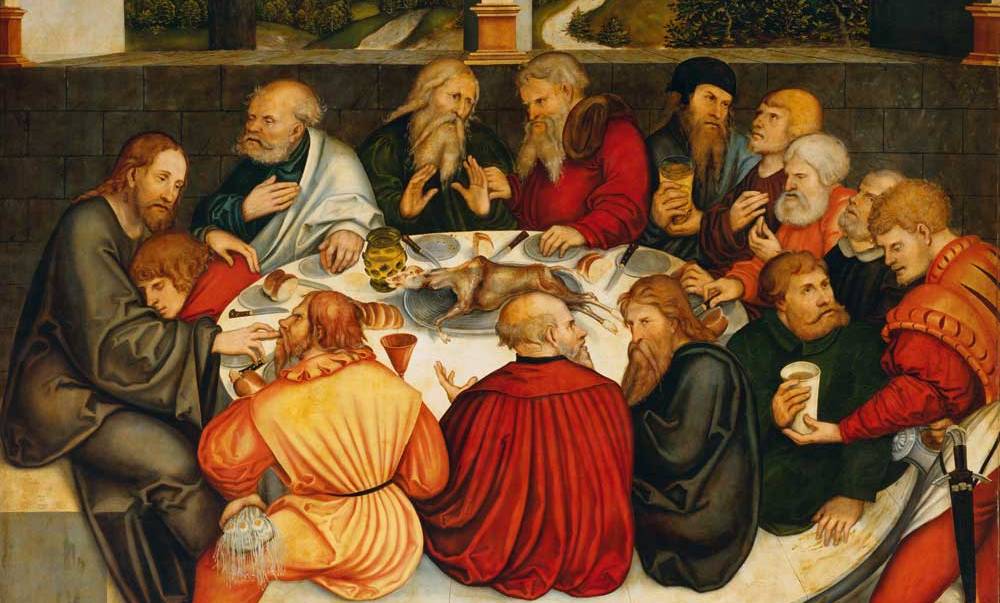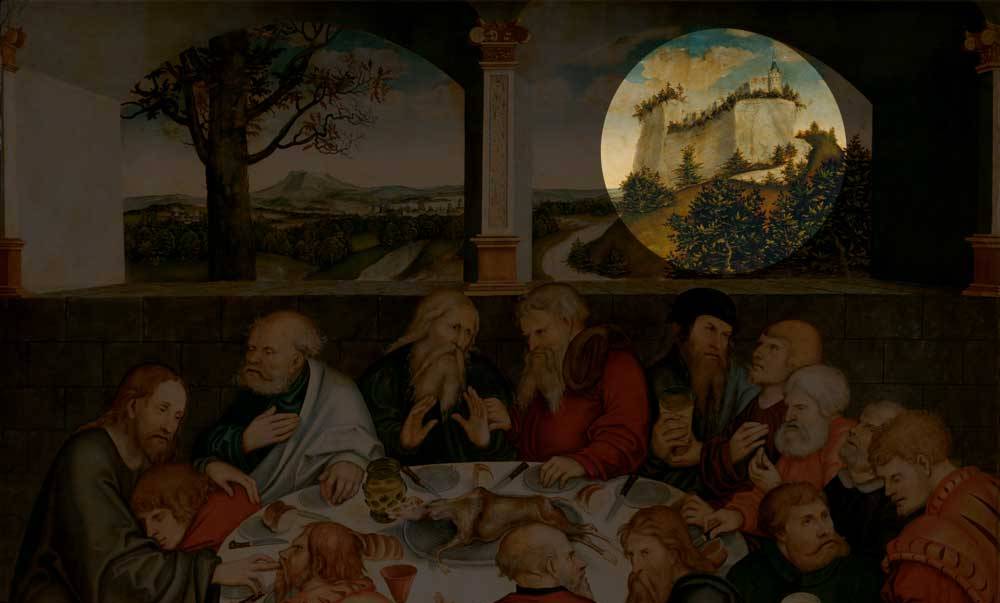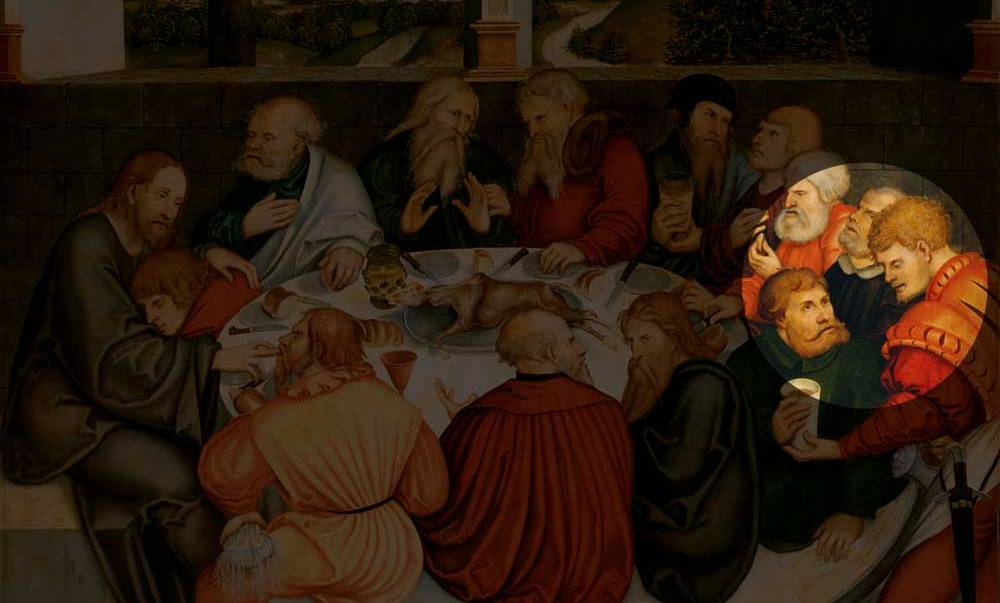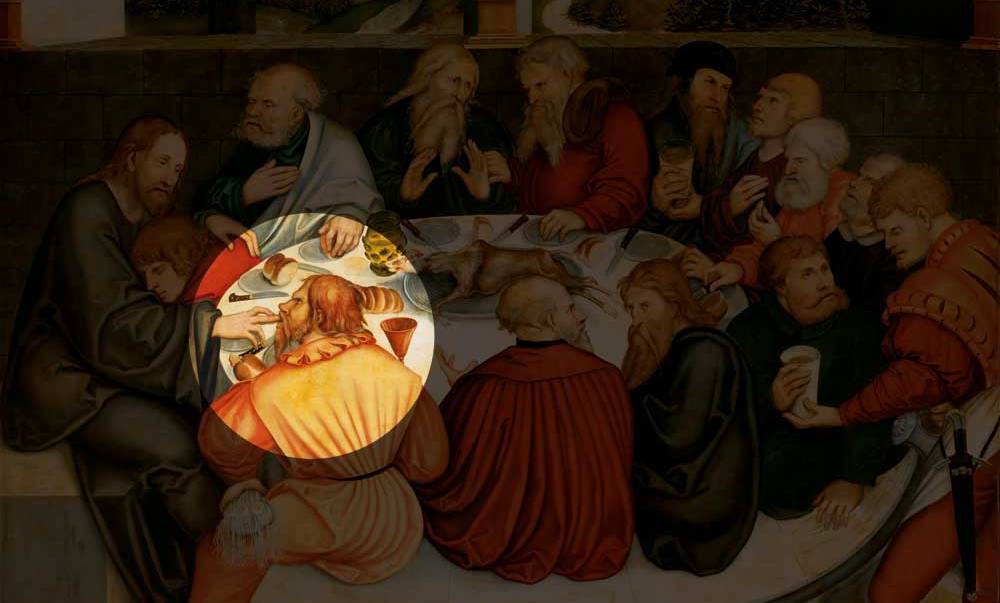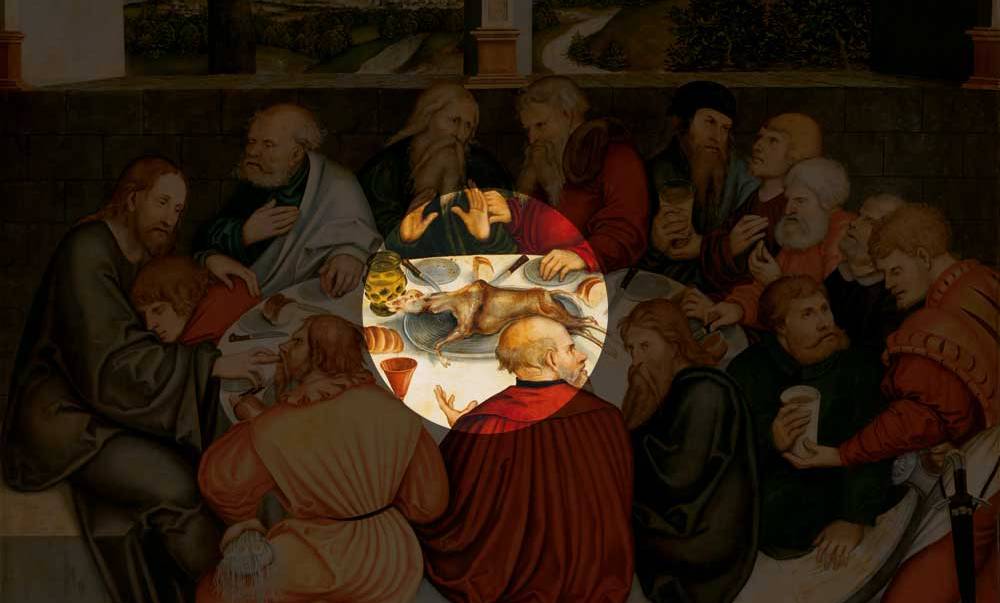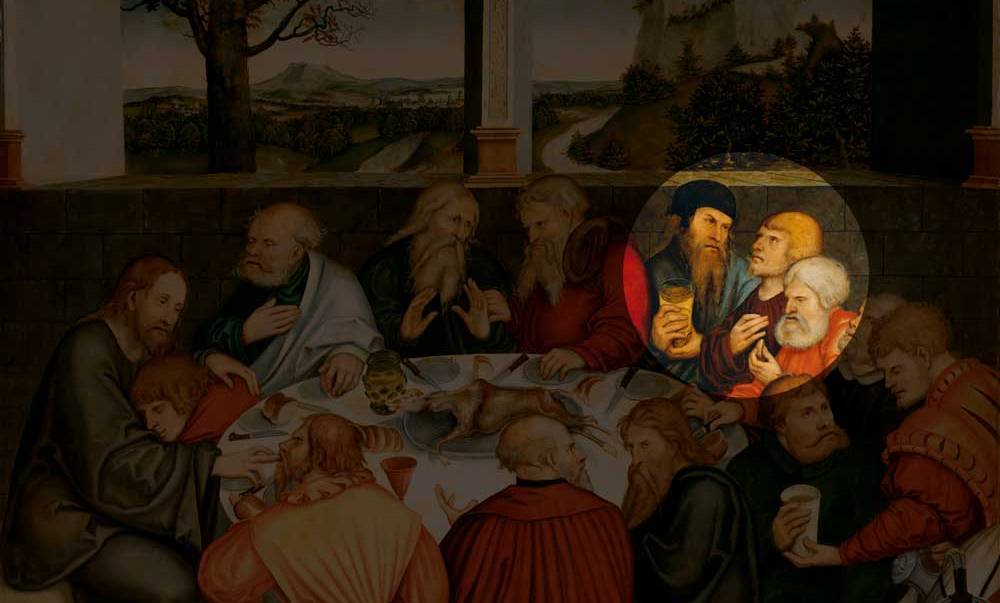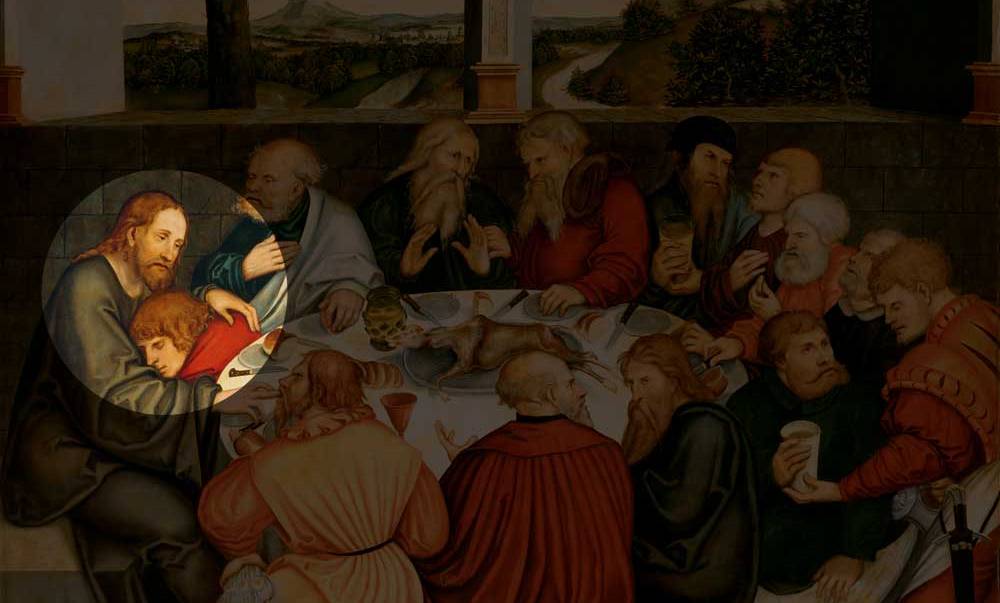Landesausstellung Sachsen-Anhalt
Subnavi Landesseite en
Icon LEER left
STATE EXHIBITION SAXONY-ANHALT
He stood in his father’s shadow throughout his life. Even today – 500 years after he was born in Wittenberg – Lucas Cranach the Younger remains comparatively unknown. Yet his visually compelling style captured the ideas and issues that shaped the Reformation. And like his famous father, Lucas Cranach the Elder, Lucas Cranach the Younger was not only a virtuoso artist and master of his craft; he was also a pillar of the Reformation and a successful businessman.Discover Lucas Cranach the Younger in the cradle of the Reformation on the 500th anniversary of his birth. For an entire year, Lutherstadt Wittenberg will become the Cranach City and the spirit of the Cranach workshops will be everywhere. The Lucas Cranach the Younger – Discovery of a Master exhibition awaits you in Wittenberg with the world’s first major art and art-historical exposition devoted exclusively to Lucas Cranach the Younger’s life and work. Experience the master at authentic sites, including Cranach’s Church, a location that testifies to the painter’s life from his baptism to his death. Visit the birth house of Cranach the Younger, and delve into the World of Cranach.
Or gain an entirely new perspective on Cranach’s art! Featuring an interactive and hands-on display complete with a workshop, Pop Up Cranach takes both young and old art lovers on an exciting journey through time and back into the world of the painter and his family. Come explore, participate and investigate with us!
Here in the region, you can also follow in the footsteps of Cranach in Anhalt, pay a visit to Cranach in the Gothic House in Wörlitz and visit Cranach churches in the region to discover hidden treasures at the sites for which Cranach originally created his works.
Discover a master
As a young boy, Lucas Cranach the Younger learned in his father’s workshop how paintings are created and what impact they have. The Cranach workshop, which was also connected to a printer’s workshop, was the most important force in German art at the time. Lucas Cranach the Younger grew into a man of many talents and expanded his father’s workshop into a highly productive “art enterprise” that enjoyed success across Europe. The workshop’s richly colored paintings, which were of the highest quality, inspired the world.Spot on Cranach
As a painter of Reformation altars and epitaphs, as an outstanding portraitist and talented draughtsman, Lucas Cranach the Younger gave a face to the Reformation and developed new pictorial forms for the Protestant faith. The compelling beauty of his works and their complex iconography will impress you – just as they filled his contemporaries with awe.Service
Information | Services for Groups | Reservation
Service Office “Cranach 2015“
Luther Memorials Foundation of Saxony-Anhalt
Collegienstrasse 54
06886 Lutherstadt Wittenberg
T.: +49 (0) 34 91–420 31 71
[email protected]








